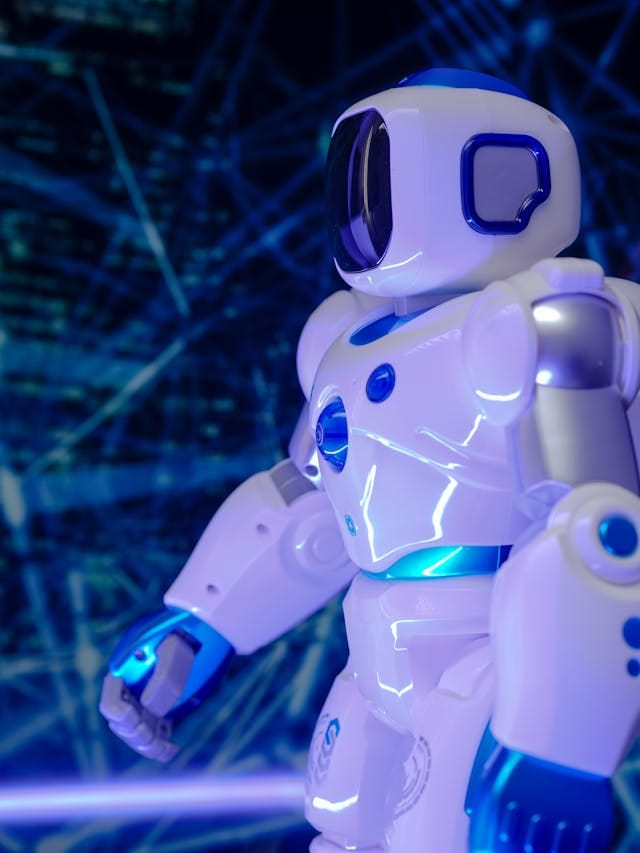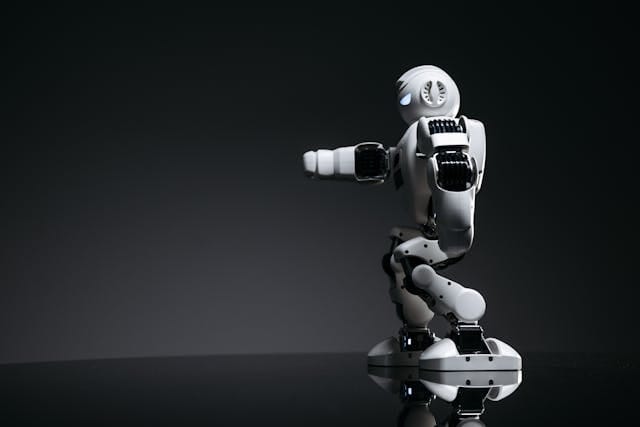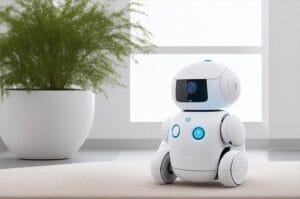Introduction: Exploring the World of the Tesla Robot
The rapid advancements in robotics have reshaped the way we perceive technology’s role in our lives. At the forefront of this revolution is the Tesla Robot, a groundbreaking innovation by Tesla Inc., led by the visionary entrepreneur Elon Musk. This robot, officially named Optimus, represents a bold step toward integrating artificial intelligence and robotics into everyday human life.
Unveiled during Tesla’s AI Day, the Tesla Robot is a humanoid designed to perform tasks that are repetitive, dangerous, or mundane. Whether it’s assisting with household chores, manufacturing tasks, or elderly care, Optimus has the potential to become a valuable companion in both personal and professional settings.
In this comprehensive blog, we’ll dive deep into everything you need to know about the Tesla Robot, its development journey, technical specifications, potential applications, and the ethical considerations surrounding its deployment. By the end, you’ll have a clear understanding of why the Tesla Robot is a technological marvel with far-reaching implications for our future.
The Birth of Tesla Robot: Vision and Mission
The concept of a Tesla Robot is rooted in Elon Musk’s mission to create technology that not only transforms industries but also improves the quality of human life. Optimus is designed to take on tasks humans find boring, repetitive, or hazardous, freeing individuals to focus on more creative and fulfilling endeavors.
Elon Musk envisions a future where the Tesla Robot seamlessly integrates into homes and workplaces. At its core, Optimus is powered by Tesla’s AI systems and leverages the company’s expertise in manufacturing, energy storage, and autonomous vehicle technology.
The unveiling of the T-Robot demonstrated Musk’s commitment to creating a versatile humanoid robot that aligns with Tesla’s broader goals of sustainability, efficiency, and technological innovation.
Tesla Robot’s Design: What Sets It Apart
Humanoid Aesthetics
The Tesla Robot, or Optimus, stands at approximately 5 feet 8 inches tall and weighs around 125 pounds, mimicking the human form. Its sleek, minimalist design is inspired by Tesla’s aesthetic principles, blending functionality with visual appeal.
Cutting-Edge AI
Leveraging Tesla’s Autopilot software and AI capabilities, the Tesla Robot is equipped with advanced machine learning algorithms that enable it to navigate complex environments, recognize objects, and interact with humans in natural ways.
Actuator Technology
Tesla has integrated state-of-the-art actuators to replicate human-like movements. Optimus can lift up to 150 pounds and carry loads of up to 45 pounds, making it highly capable of performing physically demanding tasks.
Battery Life and Power Efficiency
With a 2.3 kWh battery pack strategically placed in its torso, the T-Robot is optimized for extended operation. Tesla’s expertise in energy management ensures that Optimus remains efficient while performing demanding tasks.
Applications of Tesla Robot
1. Household Assistance
The Tesla Robot is poised to revolutionize home life by taking over mundane chores like cleaning, cooking, and grocery shopping. Its ability to learn and adapt makes it an ideal assistant for families, working professionals, and individuals with mobility challenges.
2. Industrial Automation
In manufacturing and logistics, the T-Robot can handle repetitive tasks such as assembly line work, inventory management, and packaging. Its precision and endurance can significantly improve efficiency and reduce operational costs.
3. Healthcare and Elderly Care
With an aging population in many parts of the world, the T-Robot has the potential to provide support for the elderly, such as assisting with mobility, medication reminders, and companionship.
4. Hazardous Environments
From construction sites to disaster zones, the T-Robot can perform tasks that are too dangerous for humans, such as inspecting infrastructure, handling toxic materials, and conducting search-and-rescue operations.
Tesla Robot vs. Competitors
The robotics industry is no stranger to competition, with companies like Boston Dynamics and SoftBank Robotics leading the charge. However, the T-Robot distinguishes itself through its integration of Tesla’s existing technologies and the ambitious scope of its capabilities.
Unlike Boston Dynamics’ robots, which are primarily research-oriented, Optimus aims to be a commercially viable product that appeals to everyday consumers and businesses alike. Tesla’s vertical integration strategy, combining AI, energy, and manufacturing expertise, positions the T-Robot as a unique player in the market.
Ethical Considerations and Challenges
While the Tesla Robot represents an exciting leap forward, it also raises ethical questions:
Job Displacement
With robots taking over tasks traditionally performed by humans, concerns about unemployment and workforce transformation are inevitable.Privacy and Security
The Tesla Robot’s use of cameras and sensors to navigate and interact with its surroundings poses potential risks to user privacy.AI Ethics
Ensuring that the Tesla Robot operates within ethical guidelines is crucial to avoid unintended harm or misuse.
The Cost of a Tesla Robot
One of the most pressing questions surrounding Optimus is its price point. While Tesla has not released specific pricing details, Elon Musk has hinted at making the T-Robot an affordable product for consumers. Analysts speculate that the cost could range between $10,000 and $20,000, depending on the configuration and features.
Tesla’s focus on scalability and cost efficiency, as demonstrated in its electric vehicles, suggests that Optimus could eventually become a mass-market product.
Tesla Robot and AI Day: A Showcase of Innovation
Tesla’s annual AI Day serves as a platform to showcase its progress in artificial intelligence and robotics. The debut of the T-Robot during AI Day captured global attention, highlighting Tesla’s ambition to lead the robotics revolution.
The live demonstration of Optimus walking, interacting, and performing basic tasks was a testament to the advancements in Tesla’s AI technology.
Future Prospects for Tesla Robot
The potential applications of the T-Robot extend far beyond its initial capabilities. As AI technology continues to evolve, Optimus could integrate advanced features such as voice recognition, enhanced dexterity, and the ability to learn complex tasks.
Elon Musk has also hinted at the possibility of the Tesla Robot contributing to Tesla’s long-term goal of achieving a sustainable future by assisting in renewable energy projects and autonomous transportation systems.
Conclusion: Why the Tesla Robot is a Game-Changer
The Tesla Robot represents a monumental step forward in robotics and artificial intelligence. By combining Tesla’s expertise in AI, energy efficiency, and manufacturing, Optimus has the potential to redefine how humans interact with machines.
From its sleek design to its versatile applications, the Tesla Robot is more than just a technological innovation—it’s a glimpse into the future of human-machine collaboration. While challenges remain, the possibilities are endless, making Optimus one of the most exciting developments in robotics today.






